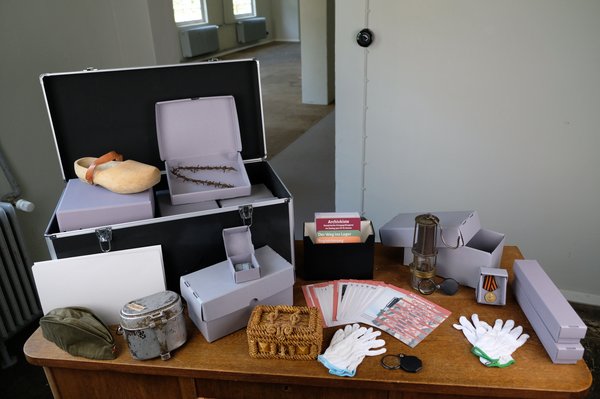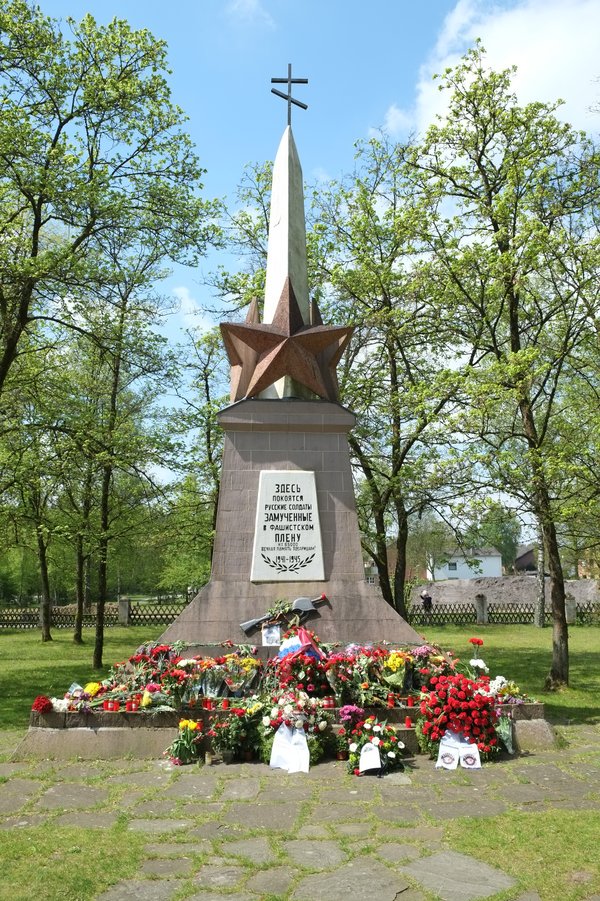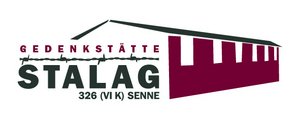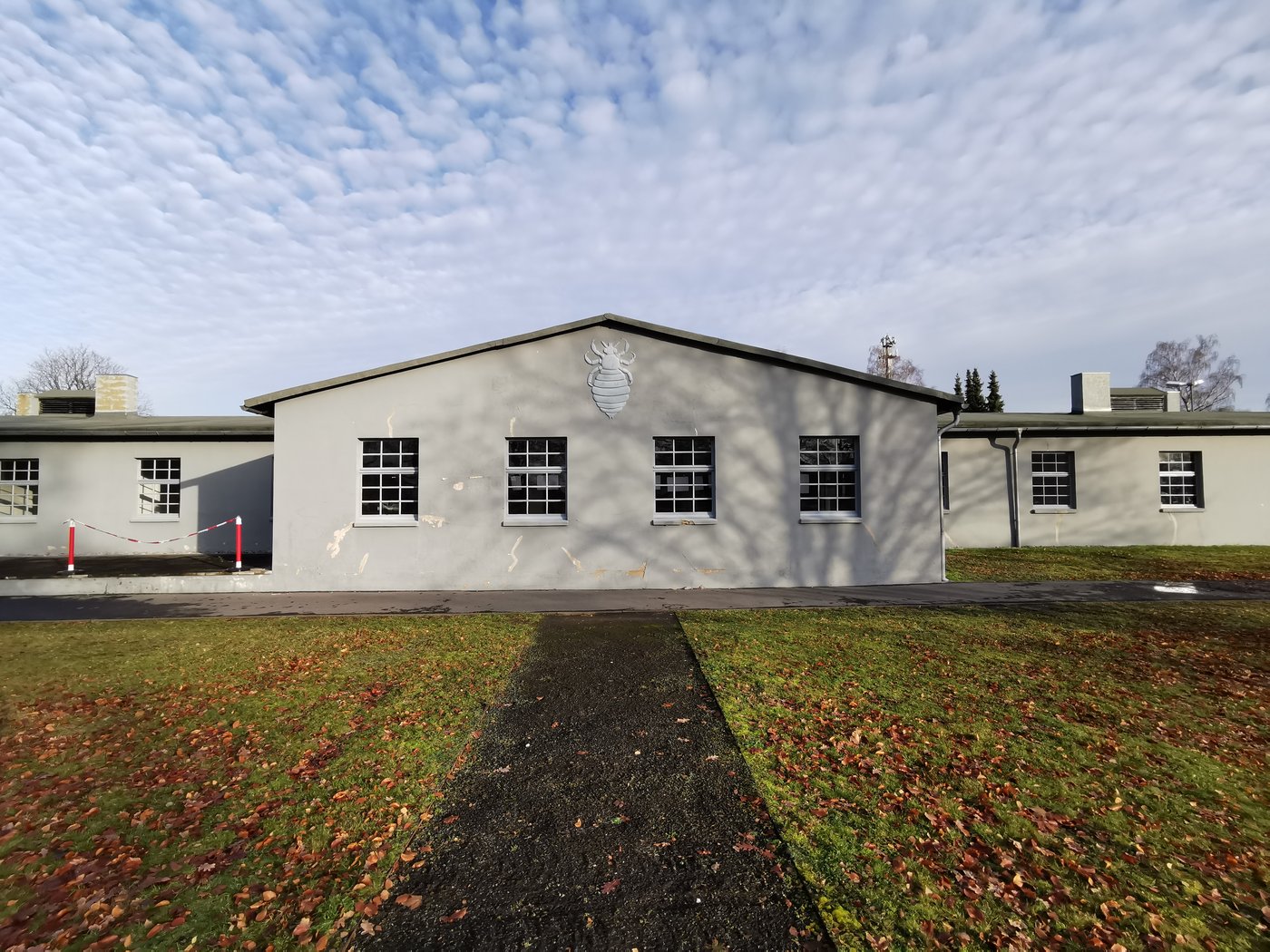
Stalag 326 (VI K) Memorial, Senne
On 22 June 1941, the war of annihilation against the Soviet Union began. More than five million Soviet soldiers were taken prisoner by the Wehrmacht. One in three of them passed through the prisoner of war camp Stalag 326 (VI K) Senne. The Stalag’s main function was to serve as a transit camp for Defence District VI. Soviet POWs were forced to work in a variety of companies and factories producing all kinds of goods, raw materials and resources.
The first Soviet prisoners of war arrived at Stalag 326 on 10 July 1941. The camp was liberated by the US Army on 1 April 1945. A total of 300,000 Soviet POWs were held in the camp. There were also French, Polish, Serbian, Italian and Belgian POWs in Camp II. The situation of the Soviet prisoners was marked by malnutrition, inadequate medical care, poor hygienic conditions and large-scale exploitation of their labour. Most of the Soviet prisoners died of malnutrition and serious illness or as a result of their hard labour.
In 1993, the Stalag 326 (VI K) Senne Memorial Association was founded. Three years later, the association took over the former prison building of Stalag 326. A year later, the memorial began its work. As well as researching and reappraising the history of Stalag 326, the memorial’s largely voluntary staff have built up a unique archive collection and an extensive library. From the outset, the memorial has offered a variety of educational programmes on historical and political topics. These include guided tours, study days and workshops of one or more days. In recent years, the memorial has focused more on running media seminars for students and young people, where participants can, for example, create a podcast, short films or social media posts.
Since 2022, there is also the Archive Box (made by Leon Nicolaysen). The contents of the Archive Box are divided into seven main sections: The Road to the Camp, Registration, Accommodation, Food, Work, Survival and After Imprisonment. Archive material from the memorial’s collection and objects specially purchased and created for the archive chest provide a tactile and accessible introduction: history to touch. Around 100 double-sided historical source cards with a selection of survivors’ testimonies and historical photographs and documents relevant to the theme complement this introduction. The Archive Box can be borrowed free of charge. It can be used, for example, in preparation for a visit to the memorial. Alternatively, the online Archive Box is available on the memorial's website.
The program "Antons Schuhe", developed by Prof. Dr. Andrea Becher (Paderborn University) in collaboration with Victoria Evers, has been available for schoolchildren aged 6 to 12 since 2019. The didactic focus here is on “putting people at the center” and “learning from biographies”. Participants work with original objects from the period, consider questions and answers, bring the objects to speak and thus learn more about the living conditions of the time.


Address
Opening Hours
Current opening hours and dates for public tours can be found on the memorial’s website.
If you would like to book a guided tour or study day, please contac buchung@stalag326.de.
Träger


